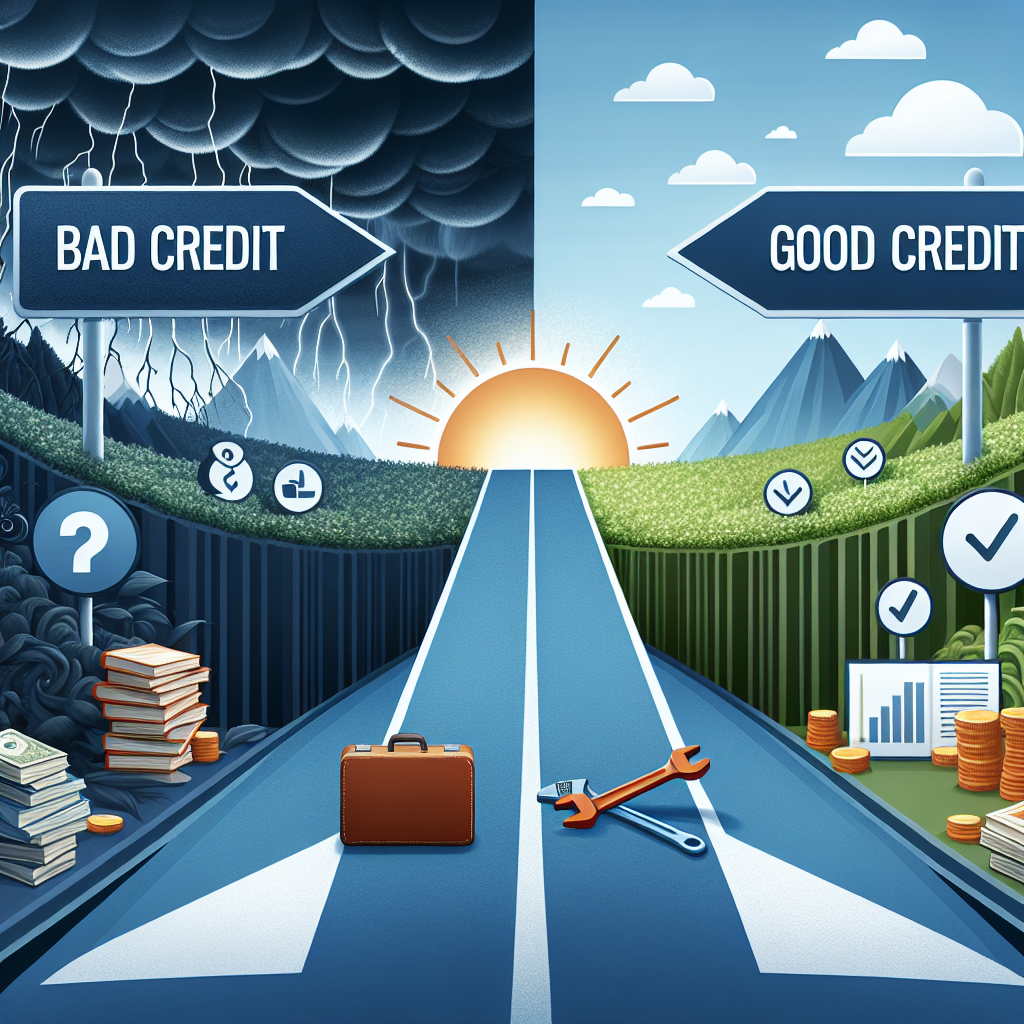In today’s economy, having a good credit score is essential for securing loans, getting favorable interest rates, and qualifying for rental agreements. If you find yourself with bad credit, don’t worry—there’s a path to recovery. In this comprehensive guide to credit repair, we’ll explore actionable steps, common pitfalls, and expert tips to help you transform your credit rating from bad to good.
Understanding Credit Scores
What is a Credit Score?
A credit score is a numerical representation of your creditworthiness, which lenders use to assess the risk of lending you money. Scoring models, such as FICO and VantageScore, typically range from 300 to 850. A score above 700 is generally considered good, while a score below 580 is regarded as poor.
Factors That Affect Your Credit Score
Several key factors influence your credit score:
- Payment History (35%): Your history of on-time payments is the most significant factor.
- Credit Utilization (30%): This is the ratio of your current credit card balances to your credit limits.
- Length of Credit History (15%): A longer credit history can enhance your score.
- Types of Credit (10%): A mix of credit types (revolving, installment) can positively affect your score.
- New Credit (10%): Opening multiple new accounts in a short period can lower your score.
Steps to Repair Your Credit
1. Obtain Your Credit Reports
The first step in your credit repair journey is to access your credit reports. You are entitled to one free credit report annually from each of the three major credit bureaus—Equifax, Experian, and TransUnion. Review these reports carefully for errors or inaccuracies.
2. Dispute Errors on Your Credit Report
If you find any discrepancies, such as incorrect late payments or accounts that don’t belong to you, write to the credit bureaus to dispute the information. Provide supporting documentation to expedite the process. Under the Fair Credit Reporting Act, bureaus are required to investigate the claims and correct any errors.
3. Pay Your Bills on Time
Payment history is paramount for your credit score. Set reminders, use automatic payments, or create a budget to ensure you never miss a payment. Even one late payment can significantly impact your score.
4. Reduce Credit Utilization
Aim to keep your credit utilization below 30%. This can be achieved by paying down existing debt, increasing your credit limits responsibly, or both. Use tools like budgeting apps to track your spending habits and make informed decisions.
5. Avoid Opening New Credit Accounts
While it may be tempting to open new credit accounts to increase your available credit, doing so frequently can lower your score. Instead, focus on managing and improving your existing accounts before considering new credit.
Common Pitfalls in Credit Repair
1. Falling for Credit Repair Scams
Be cautious of companies that promise to erase bad credit or claim they can increase your score overnight. Legitimate credit repair takes time and effort, and no one can legally remove negative information that is accurate.
2. Focusing Only on Short-Term Fixes
Repairing your credit is a long-term commitment. Avoid quick fixes that may provide temporary relief but don’t establish healthy financial habits. Concentrate on building a strong financial foundation for sustainable credit improvement.
3. Ignoring Your Credit Score
Many individuals tend to overlook their credit score during the repair process. Regularly monitor your score through reputable services to see your progress and identify new areas for improvement.
Establishing Good Credit Habits
1. Use Credit Responsibly
Only borrow what you can afford to repay. Make it a habit to pay off your credit card balances in full each month to avoid interest charges and benefit your credit utilization ratio.
2. Build an Emergency Fund
Having a financial safety net can help you avoid falling into debt during unforeseen circumstances, allowing you to maintain your payment history.
3. Consider Secured Credit Cards
If your credit is severely damaged, applying for a secured credit card can be an excellent way to rebuild your credit. These cards require a cash deposit that serves as your credit limit and report to the credit bureaus, helping you establish a positive payment history.
Conclusion
Repairing your credit is a journey that requires persistence, discipline, and informed actions. By understanding your credit scores, disputing inaccuracies, making timely payments, and forming good financial habits, you can transform your credit from bad to good. Remember, the changes you implement today can yield significant benefits for your financial future.
Start your credit repair journey today, and watch your financial opportunities expand!

